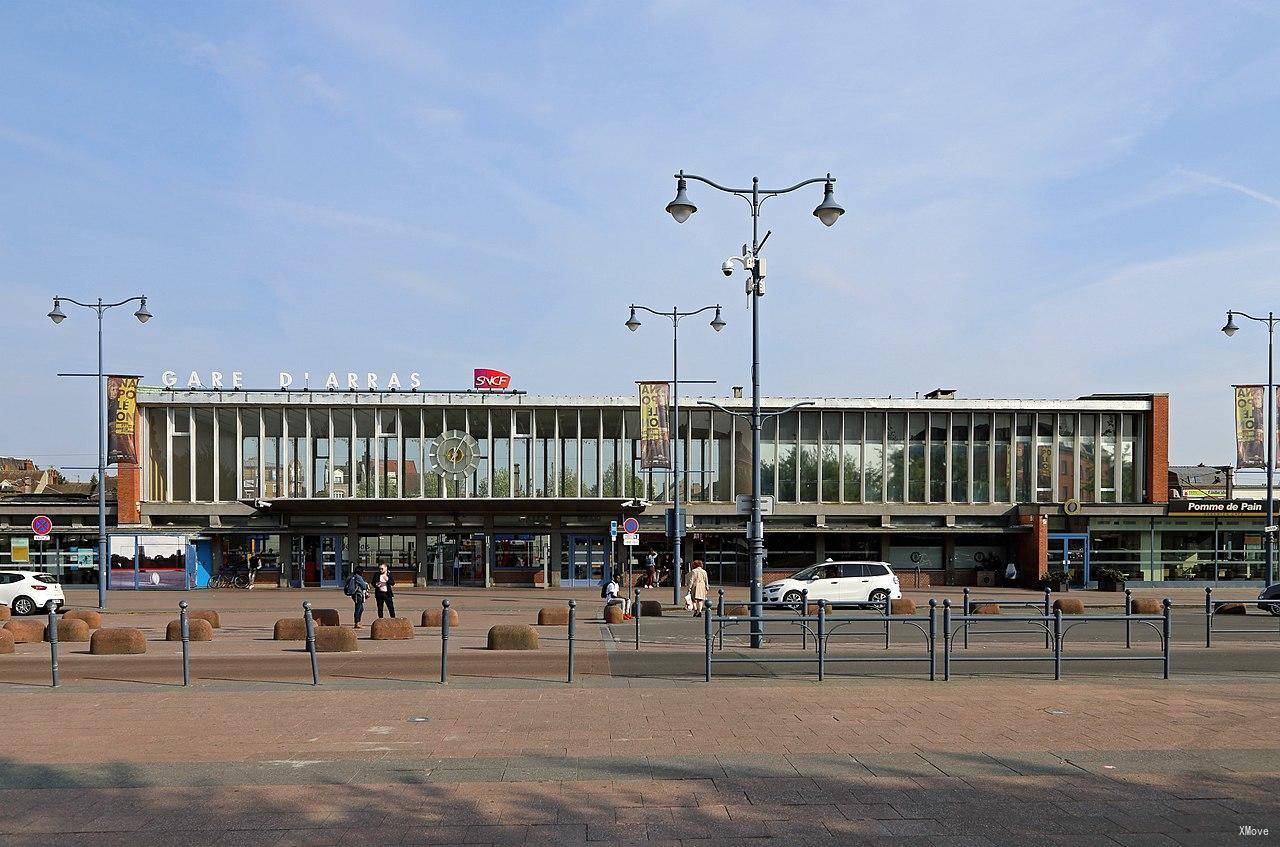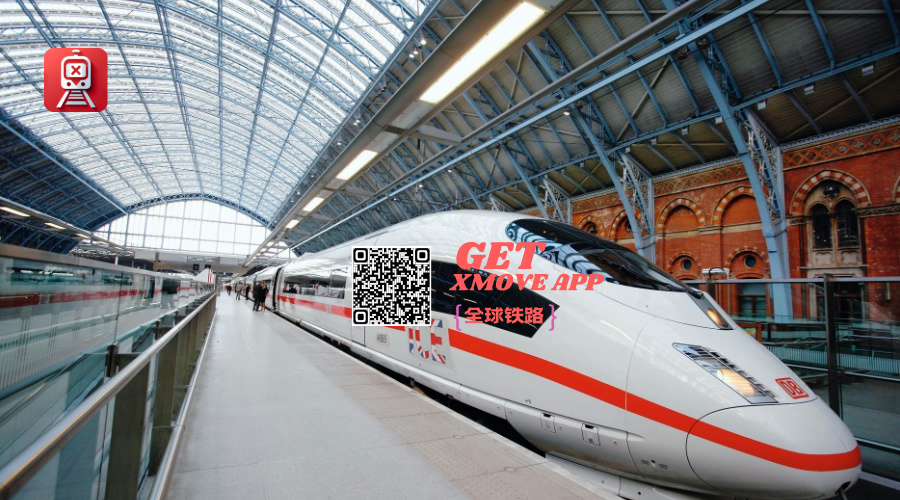
Ultimate Guide to German Railways
For those who love to travel, the quality and service of German Railways (Deutsche Bahn AG or German Railway abbreviated as DB) are world-class, with free entry and exit without ticket gates, ICE high-speed trains with a speed of nearly 300 kilometers per hour, and dense With the railway network and precise and punctual schedules, if you want to enjoy the way of traveling through the state and provinces on the train, Germany can be said to be the best choice.
There are approximately 37,000 trains operating in Germany every day. Most of the trains are operated by 24 railway companies under Deutsche Bahn. Deutsche Bahn also has the world's third densest railwa...

Ultimate Guide To FlixBus/FlixTrain
Friends who live in Europe know that buses are currently one of the cheapest ways to travel in Europe. Flixbus is currently the largest long-distance bus company in Europe.
At present, Flixbus not only does business in popular tourist cities, but most of the large residential towns in Europe have bus stations, including Germany, France, Italy, Netherlands, Poland, Czech Republic, Denmark, Sweden, Norway, Switzerland, Spain , Portugal, Hungary, Austria, Croatia, Belarus and other countries. Among them, the German route is the cheapest. Flixbus began to expand to the United States in 2018, and currently has thousands of sites in the United States.
...
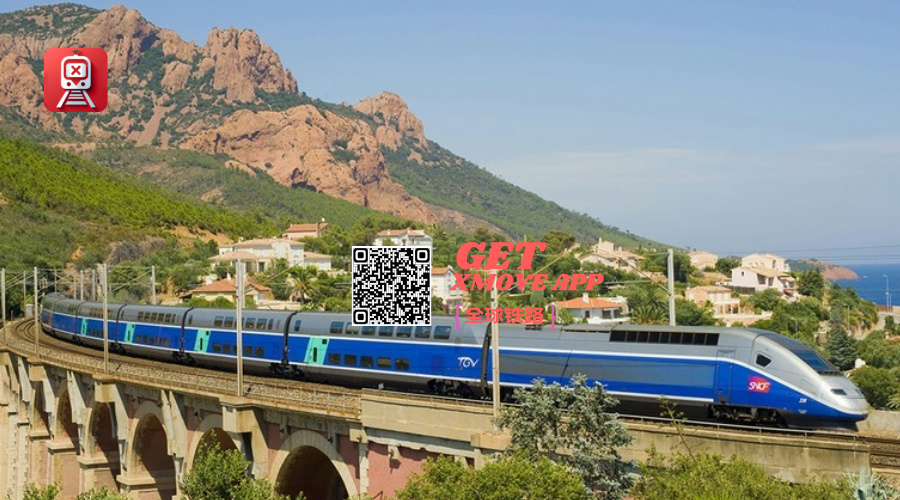
Ultimate Guide to French Railway
The French railway system is planned and constructed by the French National Railway Agency (Socicte Nationalc des Chemins de Fer Francais, abbreviated as SNCF). The route is centered on Paris and woven in all directions, including high-speed trains (Train a Grande Vitesse, abbreviated as TGV). Routes, and general train routes that go to cities and towns. Among these general train routes, the nationwide inter-regional route is called the "Grande Ligne" (GL for short), and the routes that only travel within a single area are collectively called "Regional Rapid Transport System" (Transports Express Regionaux, referred to as TER).
(https://sematicweb.detie.cn/railways/...
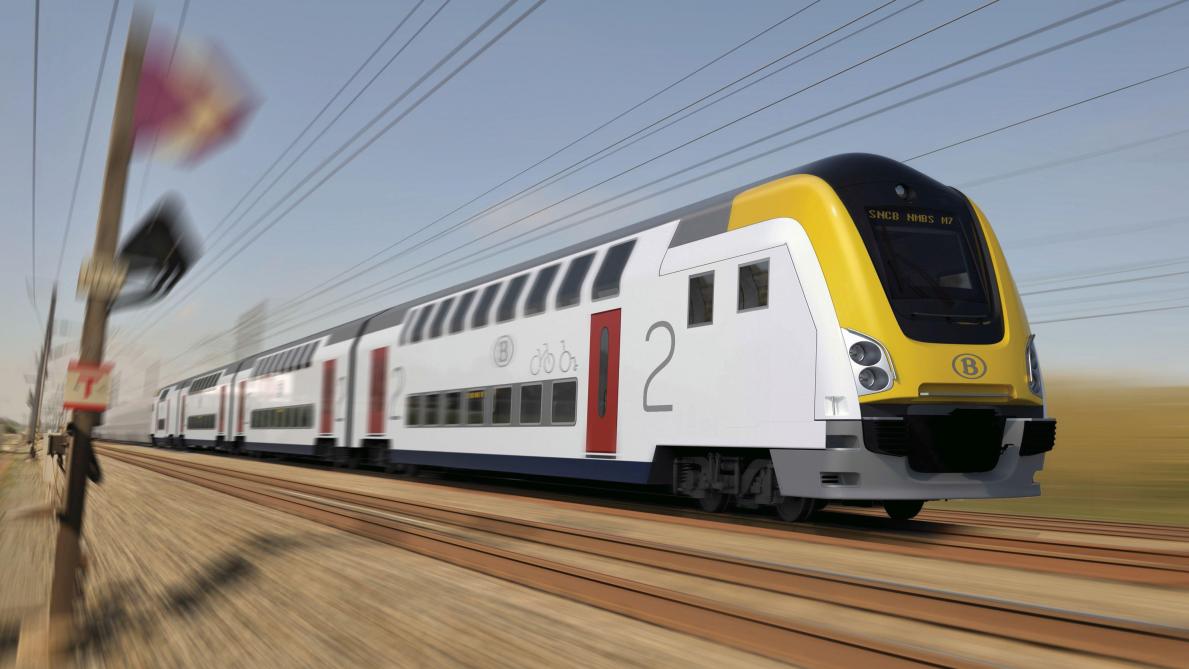
The Ultimate Guide to The Benelux (Netherlands, Belgium, Luxembourg) railway
In the European railway system, the Netherlands, Belgium, and Luxembourg will be taken as a whole, so the Eurail train pass will provide a Eurail BeNe Rail Pass. The Benelux Railway is mainly composed of three railway companies.
Dutch Railway System
The Dutch railway is operated by Nederlandse Spoorwegen (NS), and some regional roads are operated by other companies, but no additional ticket purchase is required. The main car types are Intercity (IC), Stoptrein and Sneltrein. Intercity only stops in major cities, which is equivalent to Taiwan's Ziqiang; Stoptrein stops at every station, which is equivalent to a shuttle bus; and Sneltrein is between the two, which is almost the level of Fuxing.
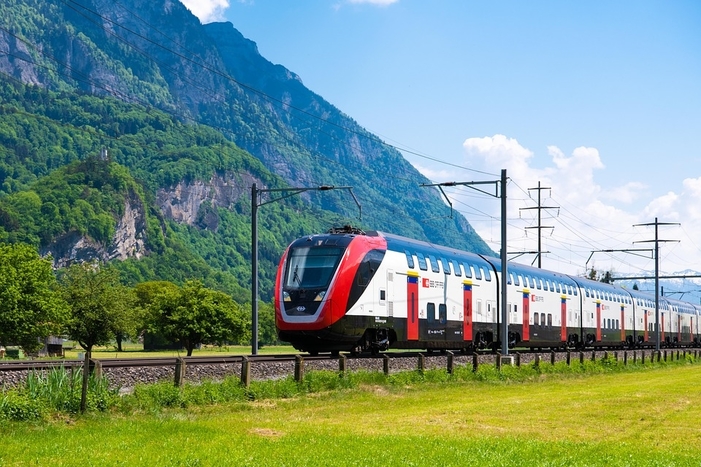
Ultimate Guide to Swiss Railways
Trains are the most important means of transportation within Switzerland and with neighboring countries. The road network is quite dense. The national railway company of the Swiss Confederation is called Swiss Federal Railways, abbreviated as SBB/CFF/FFS (German/French/Italian respectively). The railway covers the main trunk lines, while the private railways supplement the branch lines between the villages and mountain railways. Routes of the same width can be directly connected. Except for special sightseeing trains or mountain climbing roads, most of the ticketing mechanisms and ticket purchase methods are jointly operated. There will be no problem multiplying. The de...





